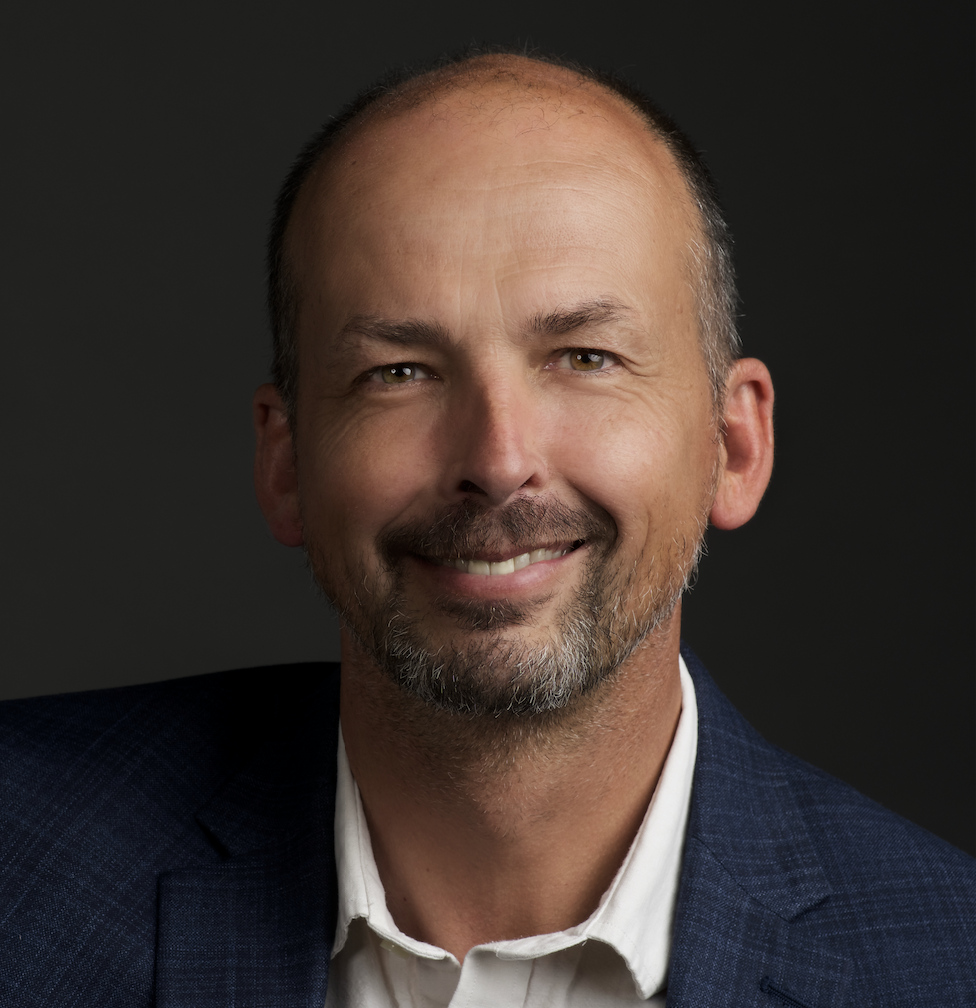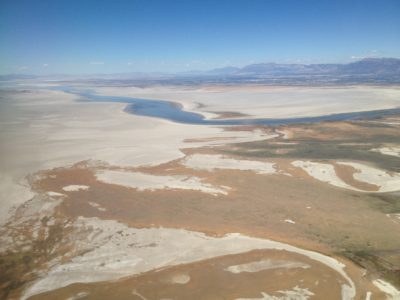In the work I’ve done with faith communities over the last ten years, I have particularly appreciated clergy and lay people who are able to be in the seriousness of the work, and, the playfulness of the work. Ministry, be it formally leading a parish or growing an organic farm, is serious, right. I think of it as the work and life of deepening souls together. That’s individually and collectively. I love it that this deepening can be simple — we are just creating a pattern of asking questions together and being honest together. It is deeply satisfying to me to be with people who give real attention to matters of spirit.
A few years ago, while planning for an event, it was my friend and colleague Erin Gilmore, a pastor within the United Church of Christ tradition, that named, Holy Mischief-Making. She was riffing off of a “strategic mischief-making” reference that I was speaking. It seemed, just for a moment, that the cheekiness and naughtiness of mischief-making was attached to holy. Holy, with the divine. Holy, what matters when we are older and beyond the rush of the days. Holy, that which is real from deep within. I love the way that Erin smiled when she said it, and the way we both laughed out loud — “you just said that, right?”
Last week, I was reading a piece that a friend and colleague wrote, Ivy Thomas. Ivy has been among other things, a Conference Minister for the United Church of Canada. Ivy was rewriting basic agreements for The Circle Way into the context of using Circle at church. What she came up with was the acronym, “HOLY.”
Hold stories in confidence.
Open to the needs of others and yourself.
Listen with compassion and curiosity.
Yield to moments of silence.
Good, right. Simple (which so often is a form of holy to me). Clear. An invitation to practice (not a checklist from which to chastise). Thank you Ivy, for your seriousness and playfulness balled in to these statements. Ivy’s full pamphlet on using The Circle Way in faith communities will soon be available on The Circle Way website.

